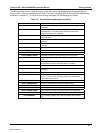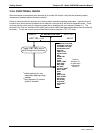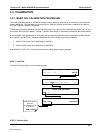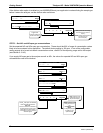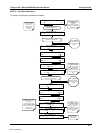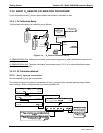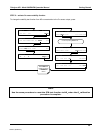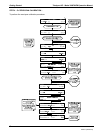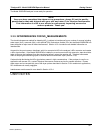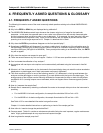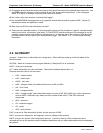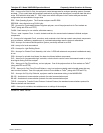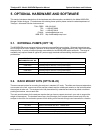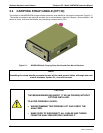
Teledyne API - Model 200EH/EM Operation Manual Getting Started
31
The Model 200EH/EM analyzer is now ready for operation.
NOTE
Once you have completed the above set-up procedures, please fill out the quality
questionnaire that was shipped with your unit and return it to Teledyne Instruments.
This information is vital to our efforts in continuously improving our service
and our products. Thank you.
3.3.3. INTERFERENCES FOR NO
X
MEASUREMENTS
The chemiluminescence method for detecting NO
X
is subject to interference from a number of sources including
water vapor (H
2
O), ammonia (NH
3
), sulfur dioxide (SO
2
) and carbon dioxide (CO
2
) but the Model 200EH/EM has
been designed to reject most of these interferences. Section 10.2.4 contains more detailed information on
interferences.
Ammonia is the most common interfe
rent, which is converted to NO in the analyzer’s NO
2
converter and creates
a NO
X
signal artifact. If the Model 200EH/EM is installed in an environment with high ammonia, steps should be
taken to remove the interferent from the sample gas before it enters the reaction cell. Teledyne Instruments
offers a sample gas conditioning option to remove ammonia and water vapor (Section 5.10).
Carbon dioxide diminishes the NO
X
signal when present in high concentrations. If the analyzer is used in an
application with excess CO
2
, contact Teledyne Instruments customer service for possible solutions. Excess
water vapor can be removed with one of the dryer options described in Section 5.10 In ambient air applications,
SO
2
interference is usually negligible.
Interferences are discussed in more detail in Section 10.2.4.
USER NOTES:
04521C (DCN5731)



